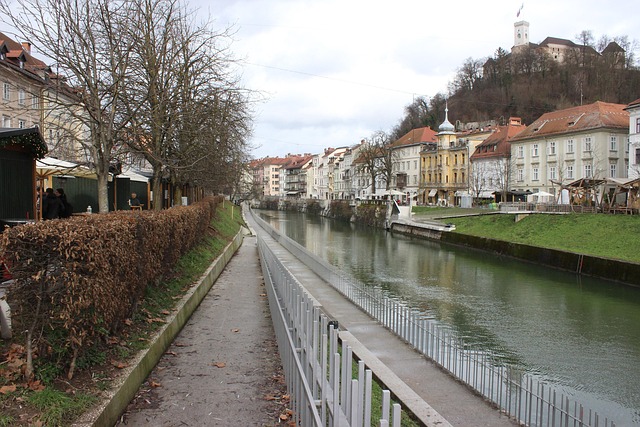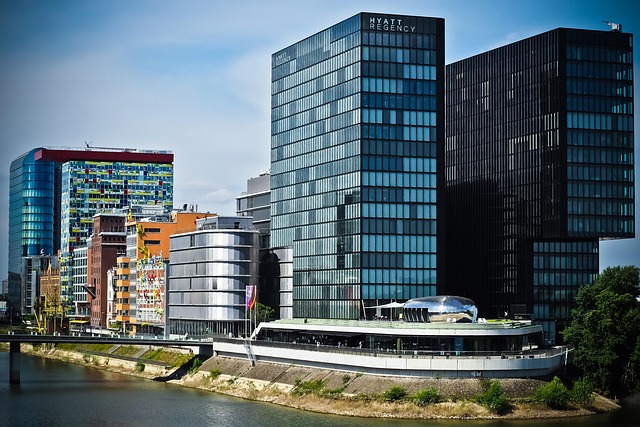In Karachi, rapid population growth and increasing energy demands strain the city's power distribution network, leading to frequent and unpredictable electricity load shedding. Smart grid technologies, advanced metering infrastructure, renewable energy integration, and load shifting initiatives are tailored sustainable solutions to improve power distribution efficiency and ensure a more reliable electricity supply for residents and businesses in Karachi.
In Karachi, electricity load shedding has become a recurring challenge, particularly affecting areas like Civil Lines. This article delves into the complex issue, exploring its understanding, causes, and significant impacts on daily life. By examining the unique context of Karachi, we uncover strategies to mitigate the problem. From infrastructure upgrades to innovative management techniques, we present solutions that can lead to more stable power distribution. Discover how these measures can transform the experience of electricity access in one of Pakistan’s most vibrant cities.
- Understanding Electricity Load Shedding in Karachi
- Causes and Impact on Civil Lines Area
- Solutions and Management Strategies for Effective Power Distribution
Understanding Electricity Load Shedding in Karachi

In Karachi, electricity load shedding has become a persistent issue, impacting residents and businesses across the bustling metropolis. This phenomenon refers to the practice of temporarily disconnecting areas from the electrical grid to prevent overloading and potential system failures. With a rapidly growing population and increasing energy demands, Karachi’s power distribution network often struggles to meet the constant need for electricity. As a result, load shedding becomes a necessary measure to maintain stability and avoid widespread blackouts.
The city’s unique challenges include high peak demand periods during hot summer months and an aging electrical infrastructure that struggles to keep up with urban growth. Load-shedding schedules are usually announced in advance, providing residents with some level of preparation. However, the frequent and sometimes unpredictable nature of these outages poses significant inconveniences, affecting daily routines and economic activities. Understanding this complex issue is crucial for developing sustainable solutions tailored to Karachi’s specific energy landscape.
Causes and Impact on Civil Lines Area

In Karachi, electricity load shedding has become a recurring issue, significantly impacting areas like Civil Lines. The primary causes behind this phenomenon include soaring demand due to population growth and rapid urbanization, inadequate power generation infrastructure, and inefficient distribution networks. During peak hours, the city’s electric grid struggles to meet the high energy demands, leading to scheduled or unscheduled power cuts.
These power outages have far-reaching effects on Civil Lines residents and businesses. Daily routines are disrupted, with essential services like hospitals, schools, and offices facing challenges in maintaining consistent operations. The impact extends beyond inconvenience; it can hinder economic growth, as businesses may struggle to meet client demands and keep up with production schedules. Moreover, the lack of reliable electricity affects lighting, cooling systems, and other utilities, creating a cascade of issues that can impact the quality of life for area inhabitants.
Solutions and Management Strategies for Effective Power Distribution

In Karachi, effective power distribution management is crucial to mitigate electricity load shedding. One key strategy involves smart grid technologies that enable real-time monitoring and control of power flow. This allows for dynamic adjustments based on demand, reducing strain on existing infrastructure. Additionally, implementing advanced metering infrastructure (AMI) systems enables two-way communication between the utility provider and consumers, promoting efficient energy usage.
Another vital solution is the integration of renewable energy sources such as solar and wind power into the grid. These distributed energy resources not only help meet peak demand but also enhance overall system resilience. Moreover, load shifting initiatives encourage consumers to use electricity during off-peak hours, reducing the burden on the network. In combination, these strategies can significantly improve power distribution efficiency, ensuring a more reliable and stable electricity supply for Karachi’s residents and businesses.
Electricity load shedding, a persistent challenge in Karachi’s Civil Lines area, significantly impacts daily life and businesses. By understanding the root causes, from aging infrastructure to peak demand, we can implement effective solutions. Adopting advanced power management strategies, such as smart grids and renewable energy integration, along with regulatory measures to discourage excessive consumption, can lead to a more stable and reliable electricity distribution system in Karachi. These steps are crucial to ensure a brighter and less disruptive future for residents and businesses alike.
